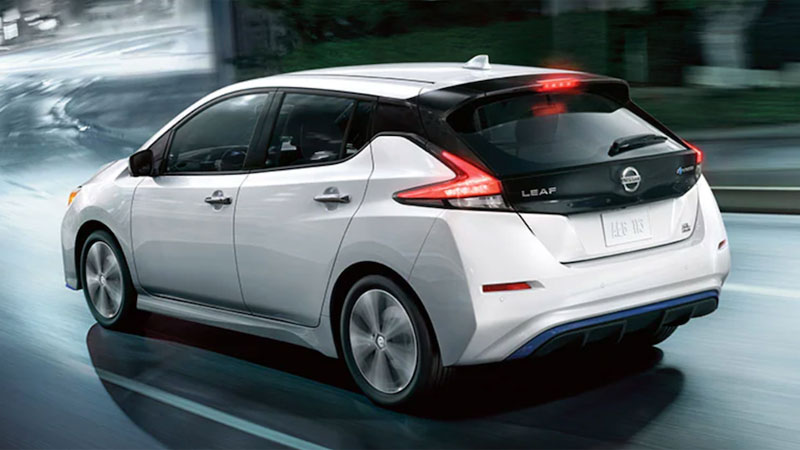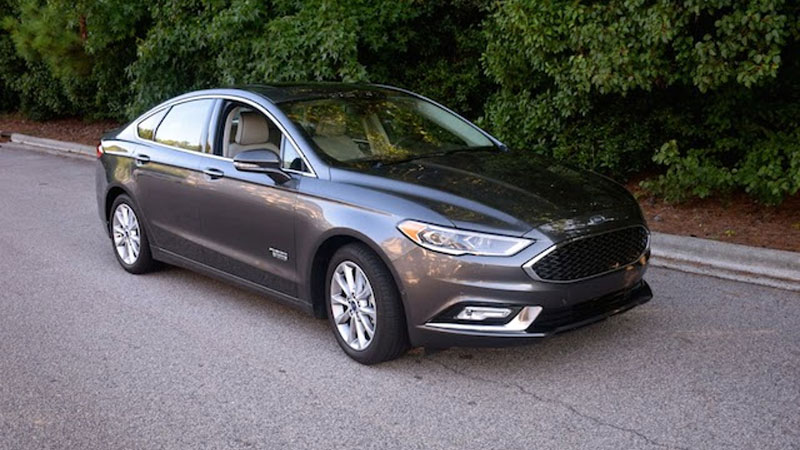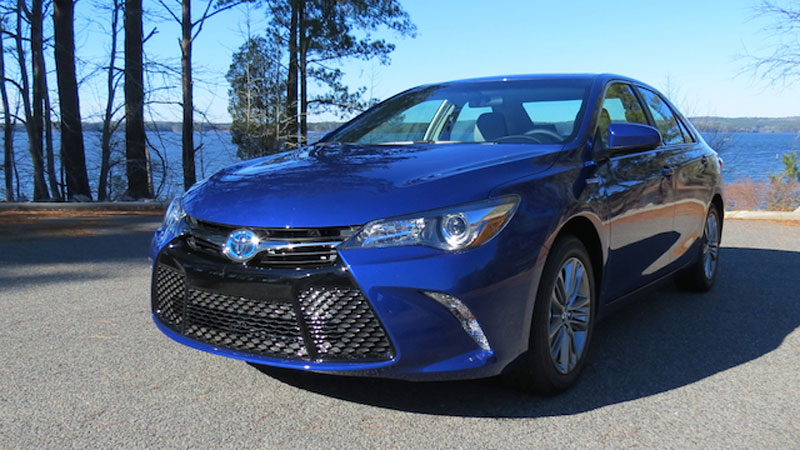What is Regenerative Braking?
Regenerative braking is one of numerous efficiency systems installed on all manners of electric vehicles worldwide. Simply put, they tap the vehicle’s inertia to use the electric motors as generators, thus stopping the automobile via the motor’s mechanical resistance and recharging the batteries in the process. The system has been … Read more



